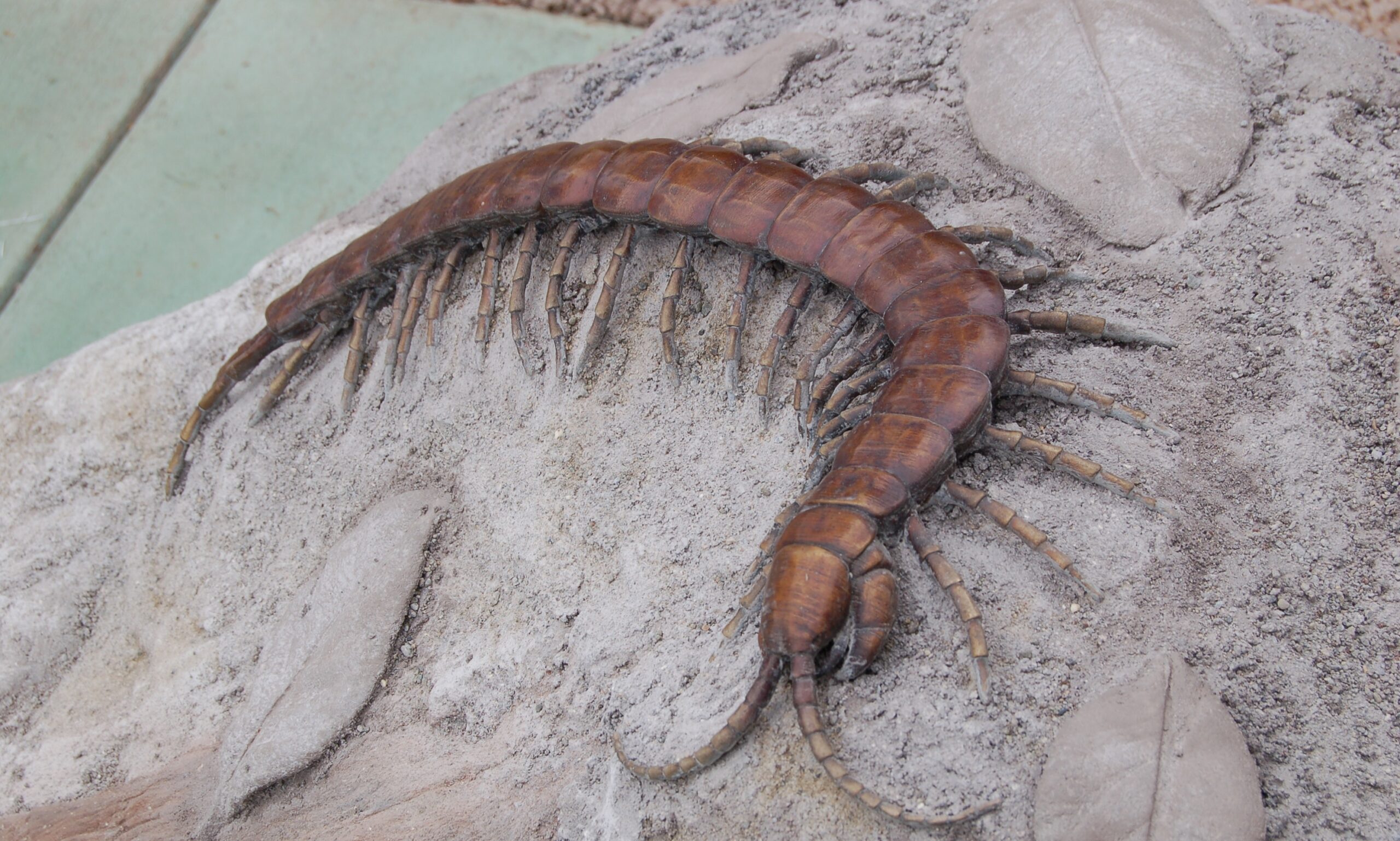Centipede
Class Chilopoda

Fascinating Facts
- Centipedes may have anywhere from 15 to 177 pairs of legs, but always an odd number of pairs.
- Some centipedes have compound eyes, others have no eyes at all.
- They find food with their hair-covered antennae.
- The Amazonian giant centipede is the largest at 12 inches long.
- Some species can leave a twitching leg behind to distract a predator, replacing it during their next molt.
- The main threats to centipede populations are habitat loss and invasive species.
Habitat/Diet
Centipedes are fast moving, agile, nocturnal animals that favor damp environments. They have small mouths and use their large claws with a venom gland to paralyze their prey, which include worms, insects, spiders, other centipedes, and small vertebrates.
Status in the Wild
Seychelles long-legged centipede – Endangered, IUCN 2014
Serpent Island centipede – Vulnerable, IUCN 1996
All others Not Yet Assessed through Endangered, depending on the species. Visit The IUCN Red List of Threatened Species for more information.
Range
Worldwide, except for the polar regions, with the highest abundance in the tropics.
Location in the Zoo
Invertebrates Zone of the Sculpture Learning Plaza
